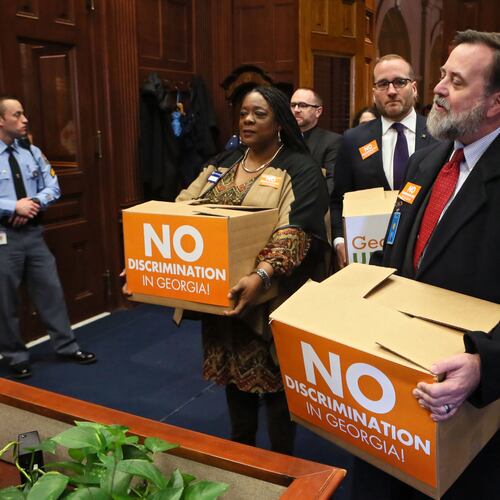Companies have managed to be more productive with fewer workers, thus saving money. That puts a damper on hiring.
As productivity continues to increase, however, employers eventually will have to hire to keep pace with this demand.
Just how much may be determined at 8:30 a.m. Thursday when the final “productivity and cost” numbers for the first quarter are released by the U.S. Bureau of Labor Statistics.
What to look for
“Over the long run, we want to see productivity growing, because higher productivity means we can produce more stuff with the same number of inputs,” said Ian M. Schmutte, an assistant professor of economics at the Terry College of Business at the University of Georgia.
“In the short run, as we come out of the recession, productivity may appear to be high as employers find ways to squeeze more work from the same number of workers,” Schmutte said. “The sectors where productivity is growing most rapidly may be those where we expect employment growth in the near future.”
Labor productivity
Historically, productivity has increased more often than not, Daniel Indiviglio of The Atlantic reported recently. “So the fact that it’s increasing is usually generally seen as a good sign: More productive workers are good for an economy,” he said.
“But in a recession,” Indiviglio reported, “it increases further for another reason — employers are demanding nearly the same amount of output from fewer workers.”
The definition
“Productivity and cost” is an economic measurement used to predict future patterns of inflation in the United States economy. The productivity measurement tracks the efficiency of goods and services production, and the cost measurement indicates the labor cost attached to each output unit in the economy. It is labor productivity output divided by hours worked.
Good news, bad news
The good news is higher productivity makes us wealthier as a nation and, it is hoped, that will reach our paychecks. It also means we can support more people who receive government benefits with fewer workers. The bad news is better productivity could mean fewer jobs.
The numbers
Preliminary numbers for nonfarm workers increased at 1.6 percent during the first quarter of 2011, the U.S. Bureau of Labor Statistics reported May 5. The gain in productivity reflects increases of 3.1 percent in output and 1.4 percent in hours worked.
--Rick Crotts
Sources: Associated Press, BusinessDictionary.com, The Atlantic, U.S. Bureau of Labor Statistics, staff research
Keep Reading
The Latest
Featured

